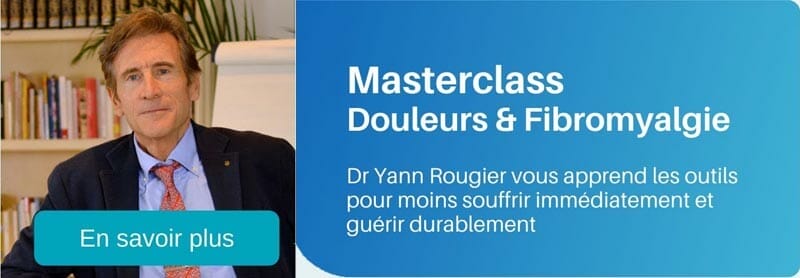Dry needling: what is it?
Dry needling (for “dry needle” or “physiotherapy needling by dry needle”) has been a therapy authorized in France since 2017. “It aims to reduce a particular type of muscle contracture: trigger points, trigger points or myofascial pain syndromes”.
“Measuring 1 to 5 mm wide and 1 to 5 cm long, these contractures are much smaller than what are commonly called “muscle knots”, easily spotted on palpation” explains Xavier Dufour, physiotherapist masseur.
Dry needling: how does it work?
At the origin of the contractures, “an overexertion of the muscle, caused by repeated movements or postural habits leading to changes in physiology. These cords form when the calcium released by the nerves to control contraction is not properly reabsorbed by the muscle. »
Locally, the blood and lymphatic circulation is less fluid, some muscle fibers no longer relax and stiffness sets in, accompanied by local or remote pain.
Dry needling then consists, using sterile single-use acupuncture needles – called “dry” as opposed to those intended for the injection of liquids -, to release the contracture by pricking at this trigger point. .
Dry needling: what are its indications?
Dry needle puncture can relieve many muscle or joint pains. “Faced with a persistent painful sensation that is not well explained, which does not seem coherent, it is interesting to look for a trigger point. For example, sciatica pain in the absence of a herniated disc, joint pain when the imaging is normal or the rheumatological cause is properly treated,” continues Xavier Dufour.
Some migraines and chronic headaches can also be caused by the presence of trigger points on the muscles of the temples, the base of the skull or the jaw. The practitioner’s choice to propose treatment by dry needling therefore depends on what he observes during the examination, if he detects a cord likely to explain the disorders described by his patient.
>> Namely: dry needling cannot be performed in case of infectious or skin problems, if the area is injured, or in patients with psychiatric disorders.
Dry needling: what are its benefits?
“When you prick a well-identified trigger point, the relief is almost immediate. The penetration of the needle instantly restarts the circulation, the calcium is reabsorbed, the muscle fibers relax and the cord disappears”, explains the expert.
Faced with a recent contracture, a single session of dry needling enough. In the case of multiple or old contractures, several sessions will be necessary.
Exceeding the fee is sometimes practiced if dry needling is offered during a physiotherapy session. This excess is not reimbursed by health insurance, but is covered by certain complementary health insurance.
Who practices dry needling?
Mainly massage therapists, sometimes sports doctors or rheumatologists. Health professionals displaying this specificity in their course must have followed training in trigger points and training in dry needling validated by an examination conducted by the College of masso-kinesitherapy.
Testimonial: I tried a dry needling session
The reason for my consultation today: pain felt for several weeks in front of the left shoulder, right at the insertion of the pectoralis major muscle. A priori, no articular or tendon lesion.
After careful examination of this muscle, my physio discovers the culprit, a trigger point located under the collarbone. I immediately understand the term “trigger point”. Palpation triggers a sharp pain like a detonation, which radiates to the shoulder like wildfire. The preparation for the dry needling Is simple. A few markers drawn in pencil, a good disinfection of the skin, then the needle applied directly to the trigger point. The sting triggers a slight pain, very brief, immediately drowned out by a sensation of “waves”.
In a few seconds, everything becomes calm and painless again. The skin shows no trace at the point of penetration of the needle. I try a few movements of the shoulder, the joint is no longer painful and has regained all its mobility. A treatment with needles can seem scary (even if, it must be said, they are really tiny), but it is worth it.
In my opinion, it is much less painful than the manual treatment of trigger points, where strong pressure must be exerted with the pulp of the fingers on the contractures, until they disappear. Before ending the session, my physio gives me one last piece of advice to prevent the contracture from coming back: stretch this muscle more after each sports session!
Our expert: Xavier Dufour, masseur-physiotherapist, trained in dry needling and founder of the ITMP, a continuing education organization in masso-kinesitherapy, manual therapy and ergonomics















